Description
The S-M package fits riders under 70 kg.
The Oceanglider 1400 foil will give you an early lift and stable controlled flight. Although the foil is large, this foil is nevertheless designed to be both fast and responsive for pumping, carves and other manoeuvres, so that you get rapid progression. The foil will get you up and flying fast, with a good speed, without flying out of the water (breaches) as many beginner foils quickly do. Breaches are zero stress with this one. This foil is also suitable for larger wingfoilers who have been foiling for a while and want a more radical foil. The mast, mast foot and fuselage are made of aluminium, while the front and back wings are made of light and strong carbon.
The Oceanglider Air is an inflatable quality 2-layer MSL board with 15 psi and the largest carbon plate on the market. The carbon plate makes the board extremely stiff and strong. The board is almost as rigid as a regular hard fiberglass board and at the same time light in weight. The combination of a lot of nose rocker, which the board also has, plus the placement of the carbon plate itself and the holes for the foot straps is the formula for making the board work with you.
Several manufacturers make only one set of holes for placing the foot straps on the board, so regardless of whether you are 150 cm or 2 meters tall, you must have the same stance (width between the legs). Sometimes you even have to stand in the wrong position against the foil as well, which in many cases means that you cannot use the foot straps, or that you have to stand with an extremely large amount of weight on your back leg. When you have learned to foil, the foil should be positioned so that you stand 50/50 with weight on both legs.
We’ve thought about all of this when developing our boards and foot straps, with our unique long straps. With the long straps, and their placement, you can have your feet where you want, and get the support you need when you start learning gybes, tacks, etc.
The Oceanglider Wingfoil wing is an optimal freeride, freestyle and waveride wing, which is neutral and balanced in jumps and transitions. The wing is flexible, extremely light and has a lot of power. These are characteristics you want to have to fly easily in light winds, but also characteristics you want in stronger winds. The shape of the wing is relatively flat, which means that when the wind hits the wing, it accelerates. At the same time, it is stable in the air when you let go of the wing and surf the waves.
The leading edge and the strut have 2 separate chambers with SUP valves to get the best pressure in both bellows. Each chamber can be inflated to 7 psi for maximum wing stiffness. These are made in durable Dacron fabric like 99% of kites and wings on the market today. The leading edge is further reinforced with kevlar patches on the wingtips and over all front seams to further strengthen the wing. We have chosen a durable and light 2-layer ripstop fabric, with panels sewn in different directions to get as tight a wing as possible. This is to get the most power when you pump, but also when you are up and flying. We have also chosen soft handles with firm grips both for light weight and for safety.
Oceanglider 1400 foil
Description
Front wing 1380 cm2 easy lift
Length 90 cm
Width 18.5 cm
Height 7 cm
Tail wing easy lift
Length 48 cm wide
Width 9 cm
Height 1.7 cm
The package includes board with a boardbag. Complete foil with mast foot, mast, fuselage, front and back wing, all screws and tools you need, and a bag for easy overview and transport. As well as the wing with leach and extra repair patches.
What you also need is leach for the board, as well as a SUP pump that can pump up to 15-18 psi. Both board and wing use the same pump. If you don’t have this, we have this too. Foot straps are not included, this is something you shouldn’t use at the start, but can start using when you’re learning gybes, tacks etc. (at the start you want to be as free as possible, and then we don’t recommend foot straps)
Experience and recommendations
We have taught wingfoil to many people and it is only those with previous windsurfing or foiling background who are able to start with, for example, a board that is 0-20 liters larger than their body weight.
Regardless of what people say, if you don’t have a windsurfing or foiling background, it’s a good idea to have plenty of extra liters in the beginner phase to avoid frustration and months of extra struggle.
WE RECOMMEND
Recommended packages if you have no windsurfing or previous foiling background, but have broad experience from board sports like snowboarding, skateboarding and surfing. We recommend a 5 m2 wing if you are under 165 cm tall so that the wing is easy to hold out of the water when you try to pump yourself up.
40-60 kg 100 liter board + 5 m2 vinge + 1350 cm2 foil (75 el 85 mast)
60-70 kg 130 liter board + 5 m2 vinge + 1350 cm2 foil (75 el 85 mast)
Recommended packages if you have zero board experience. We recommend a 5 m2 wing if you are under 165 cm tall so that the wing is easy to hold out of the water when you try to pump yourself up.
40-60 kg 130 liter board + 5 m2 vinge + 1350 cm2 foil (75 el 85 mast)
60-70 kg 130 liter board + 5 m2 vinge + 1350 cm2 foil (75 el 85 mast)
Recommended packages if you have a lot of windsurfing and foiling experience. We recommend a 5 m2 wing if you are under 165 cm tall so that the wing is easy to hold out of the water when you try to pump yourself up.
40-60 kg 75 liter board + 5 m2 vinge + 1350 cm2 foil (75 el 85 mast)
60-70 kg 100 liter board + 5 m2 vinge + 1350 cm2 foil (75 el 85 mast)
Mast length
It is easier to learn on a shorter mast, but eventually when you get started you will want a mast around 85 cm in our experience. A longer mast is a little more forgiving and you generally have a little more time before the foil goes down, this is good in gybes and tacks. At the same time, a slightly longer mast is also safer to lean on more to gain height, increase speed in general or for a jump. Then you don’t risk getting “breaches” with the foil (the foil goes over the surface and you fall). This length works well in everything from flat water to wind chop to swells to be surfed.
The mast comes in 75, 80 and 85 cm. We recommend starting with a 75 cm mast because it is the easiest to learn at, but eventually switch to 85 cm as your length.

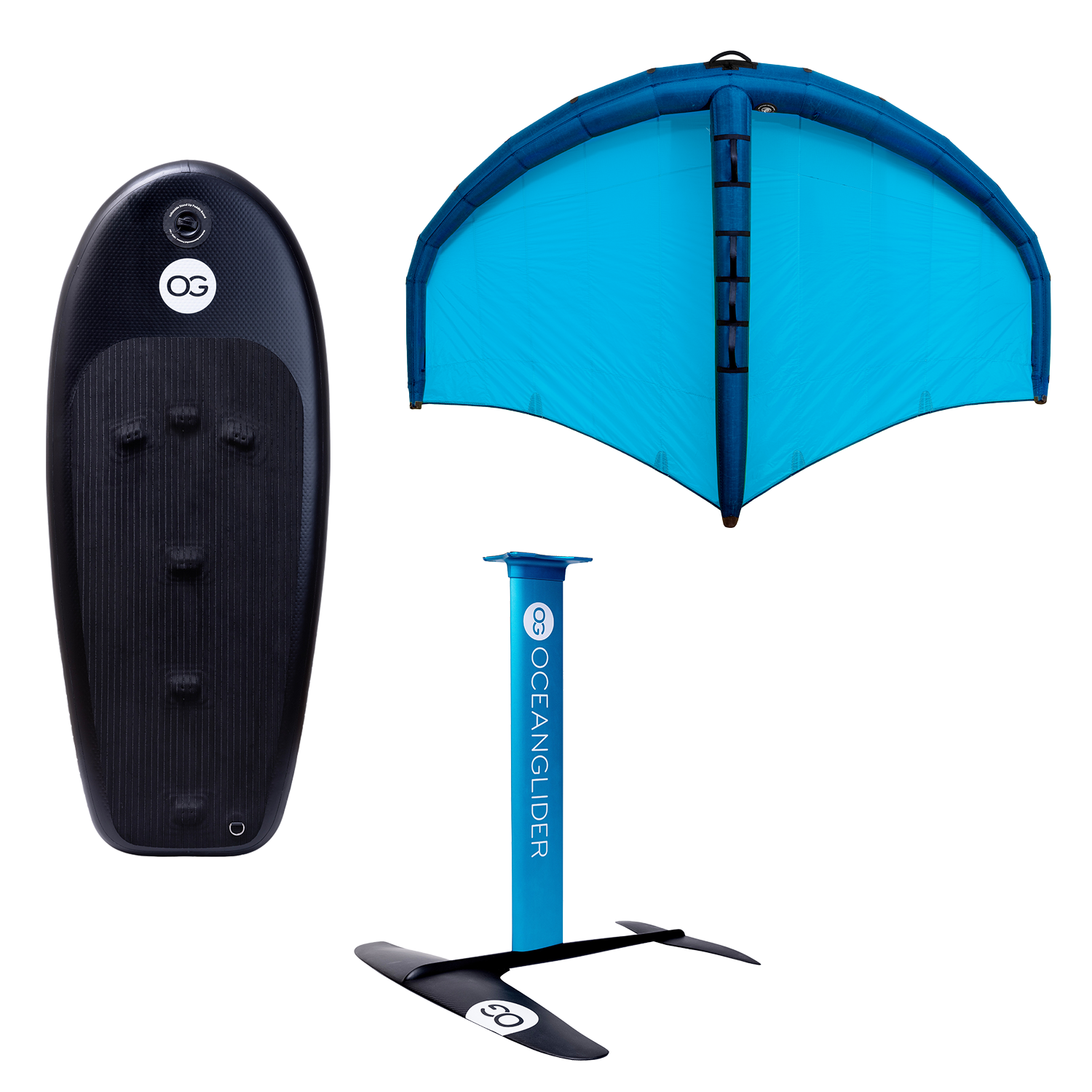
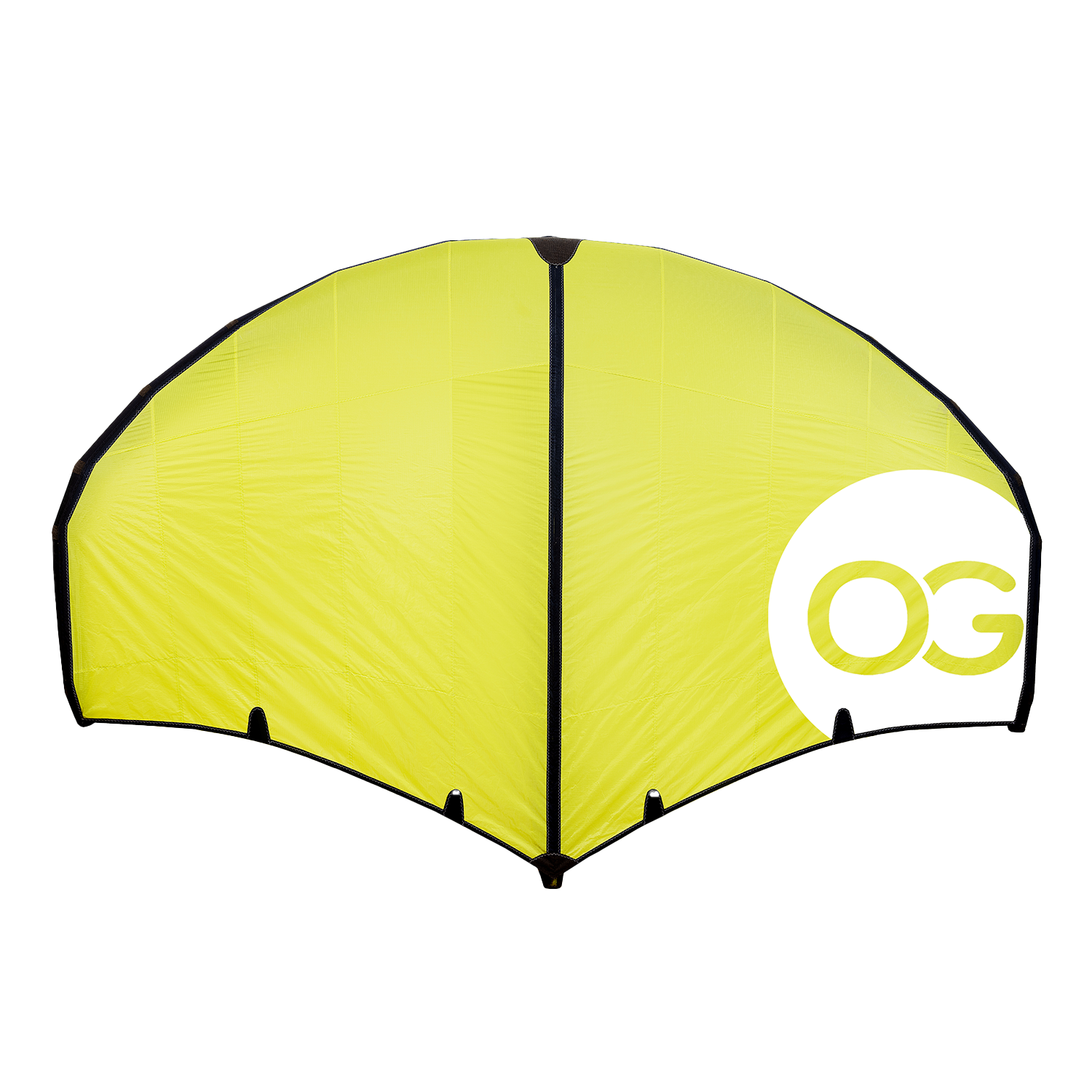
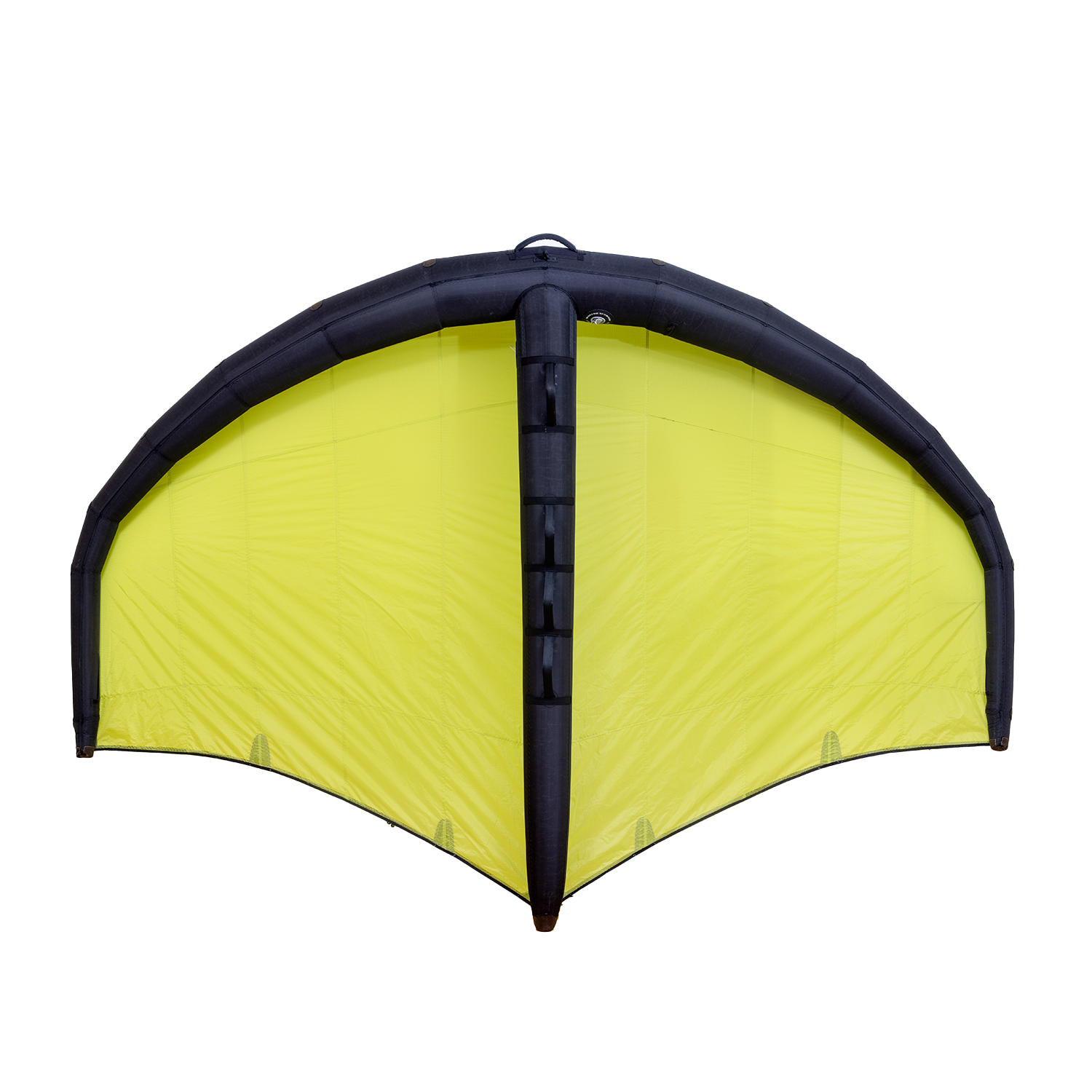
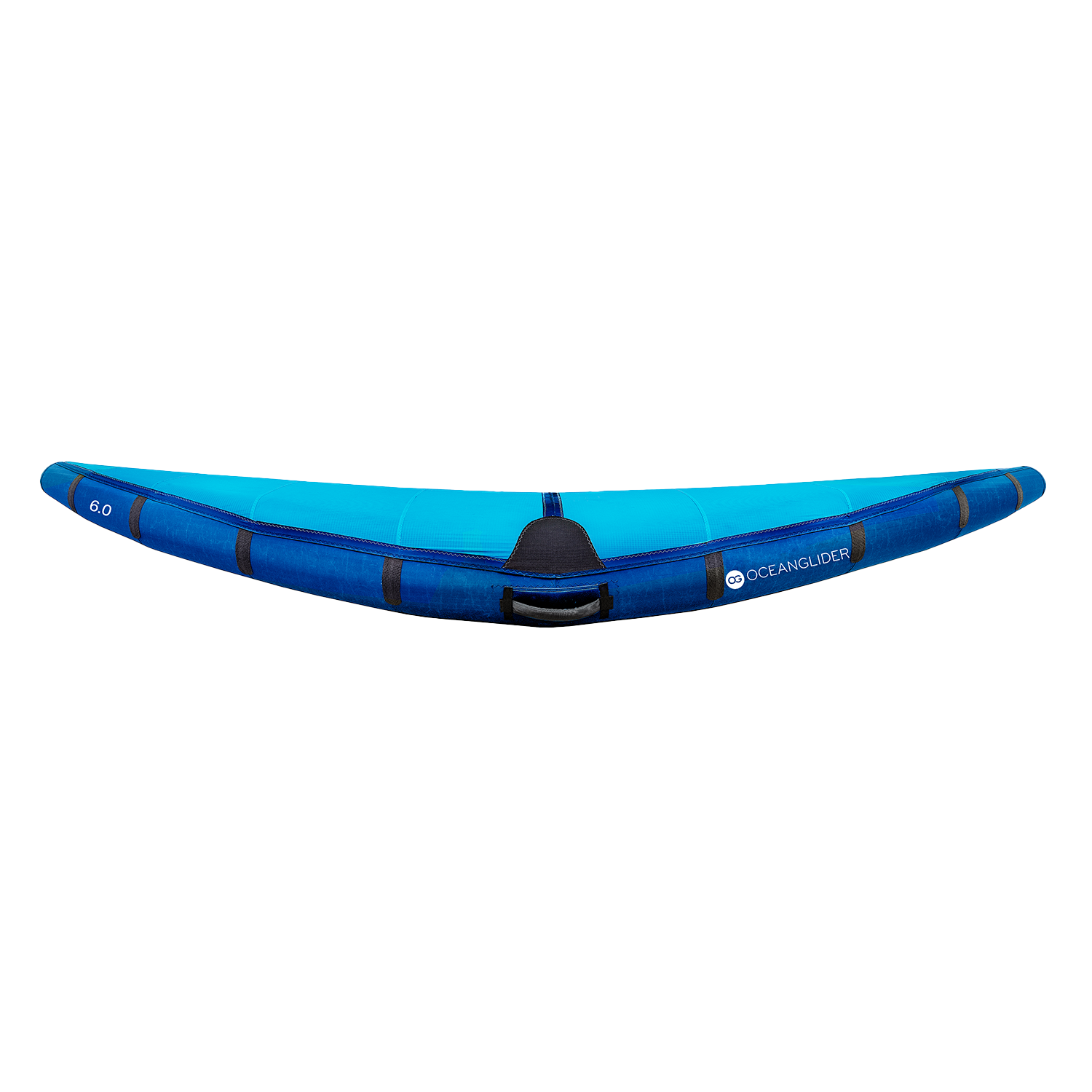
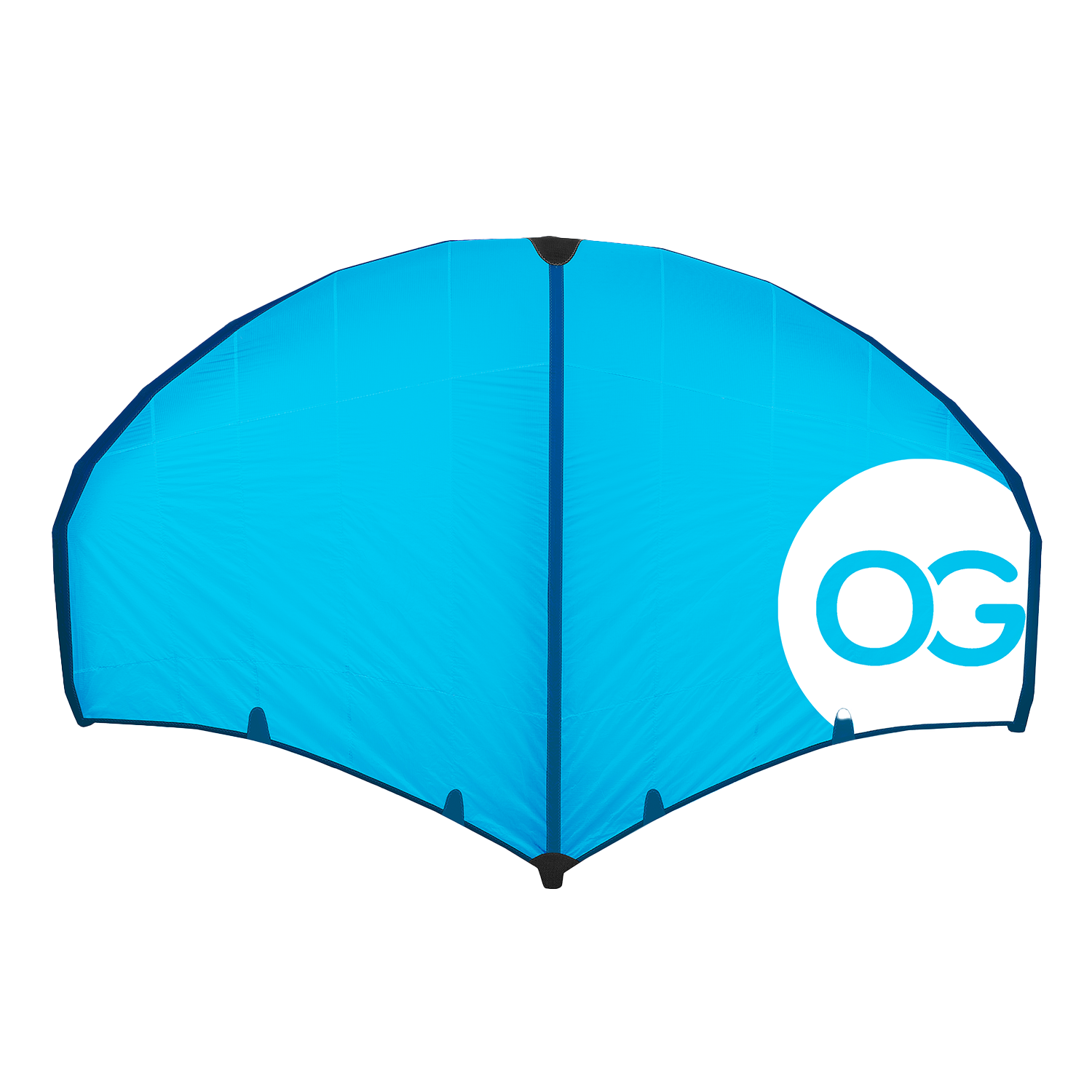
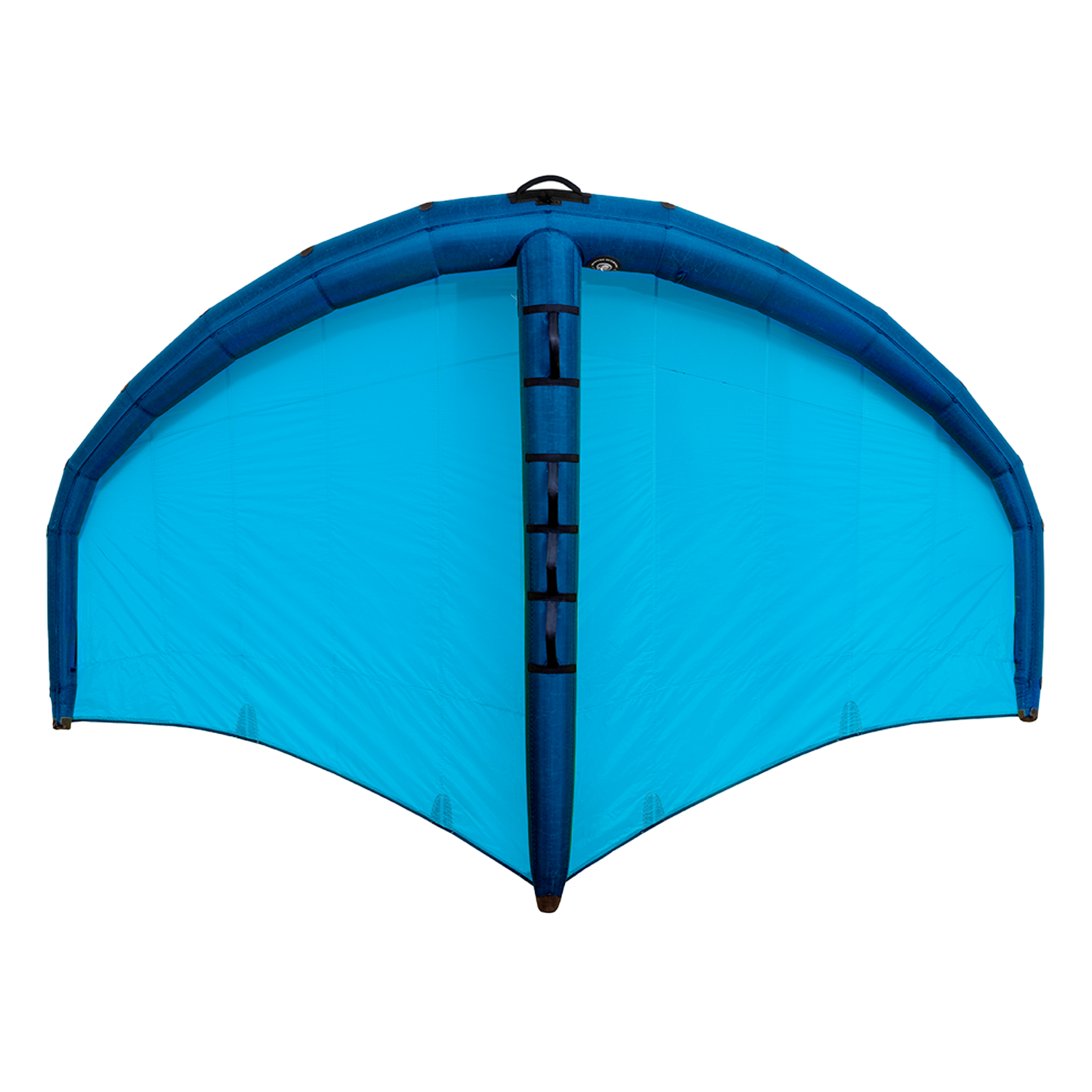
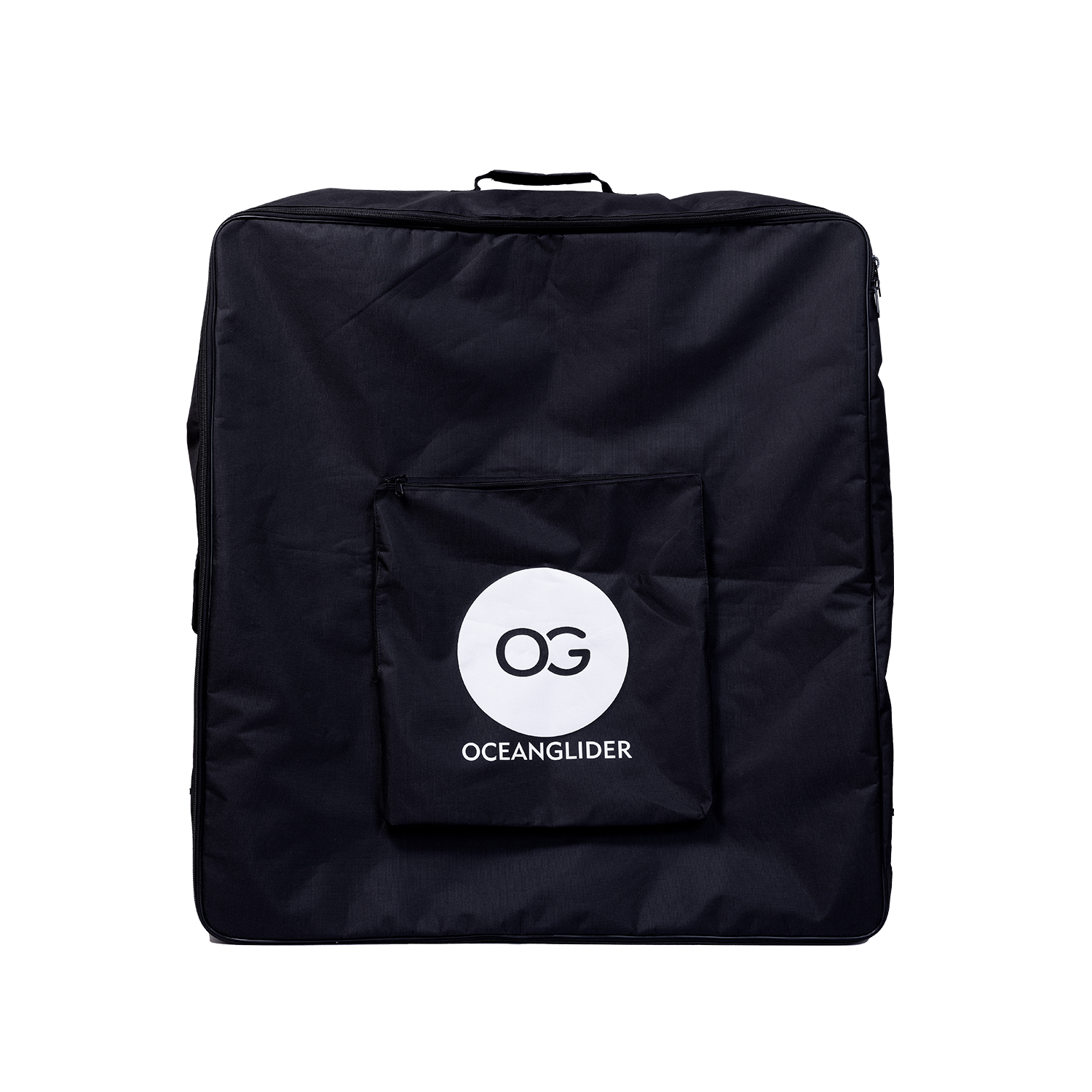
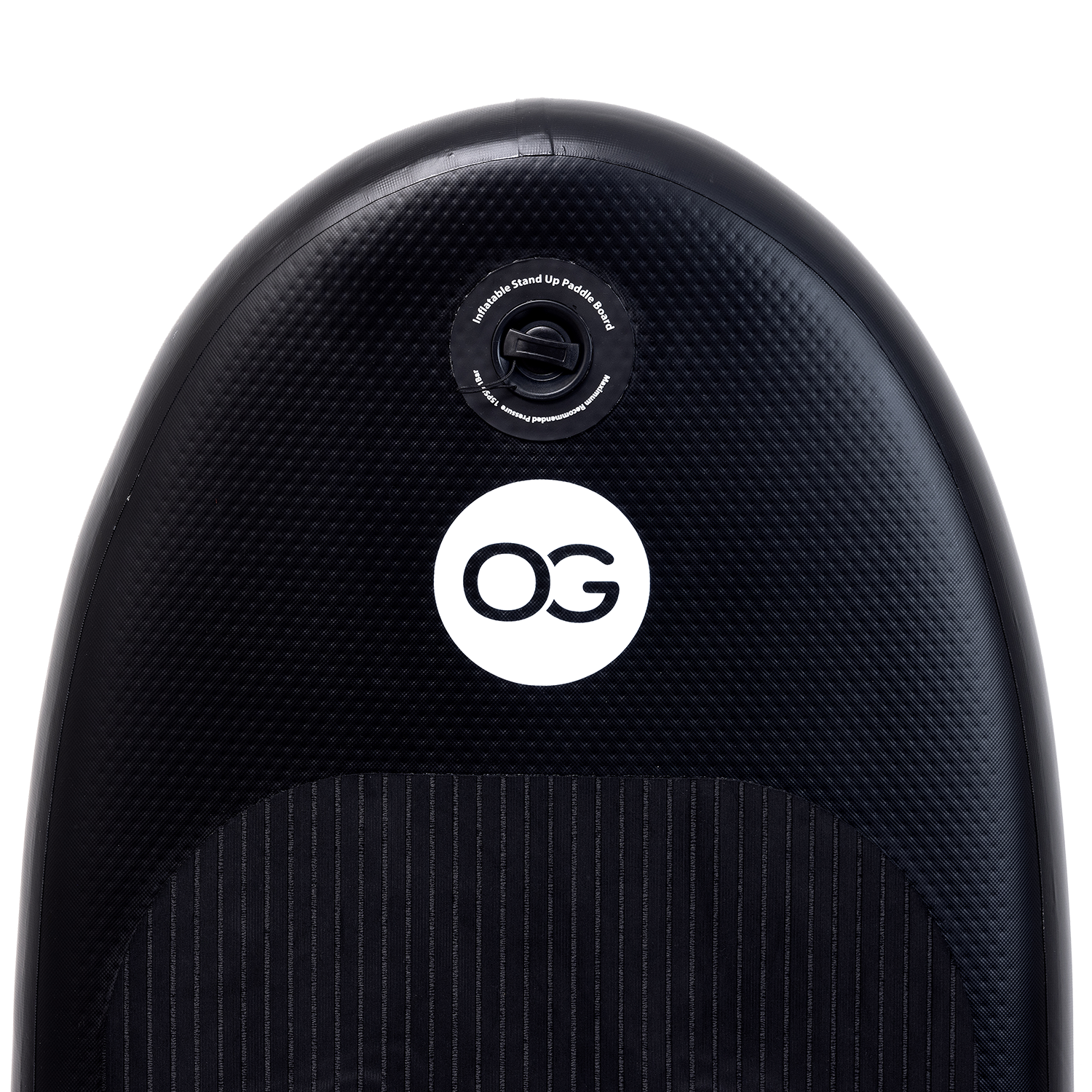
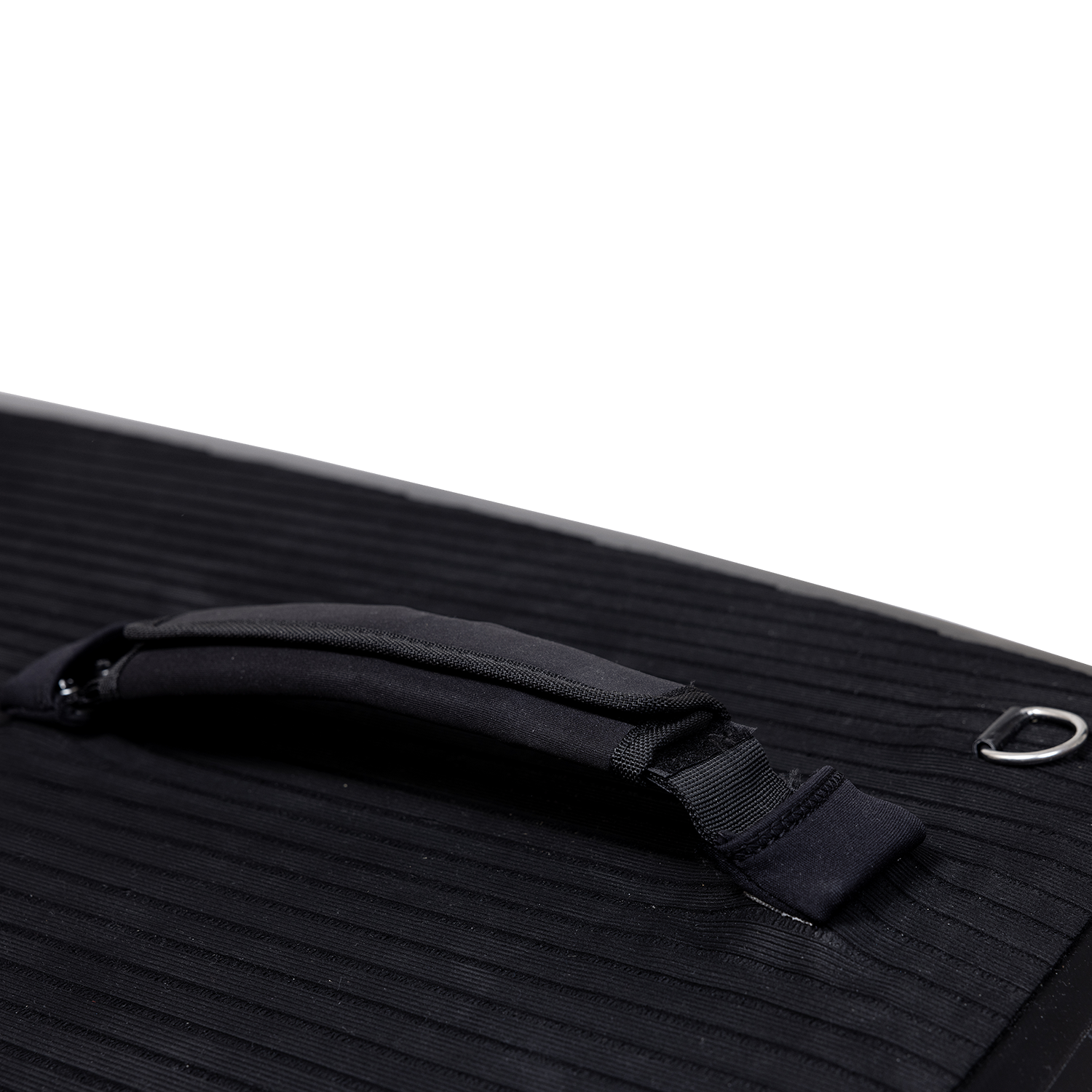


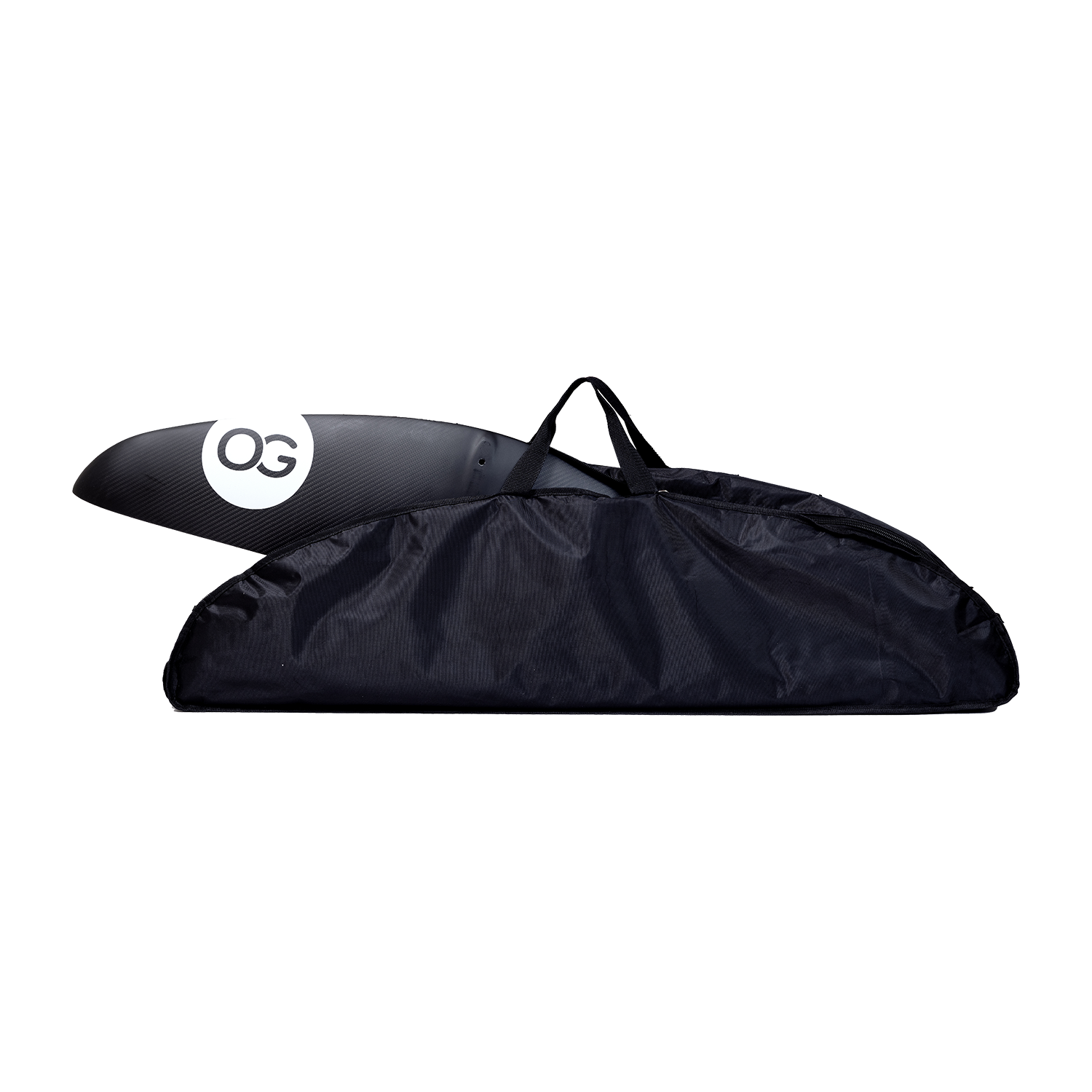
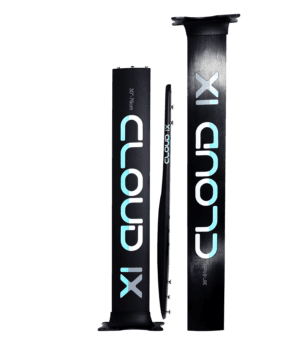
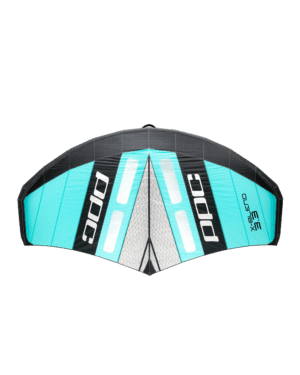
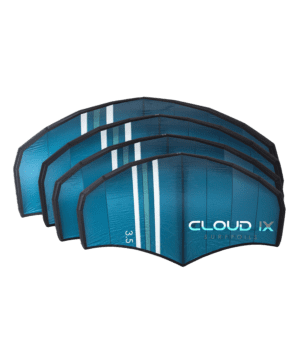





Reviews
There are no reviews yet.